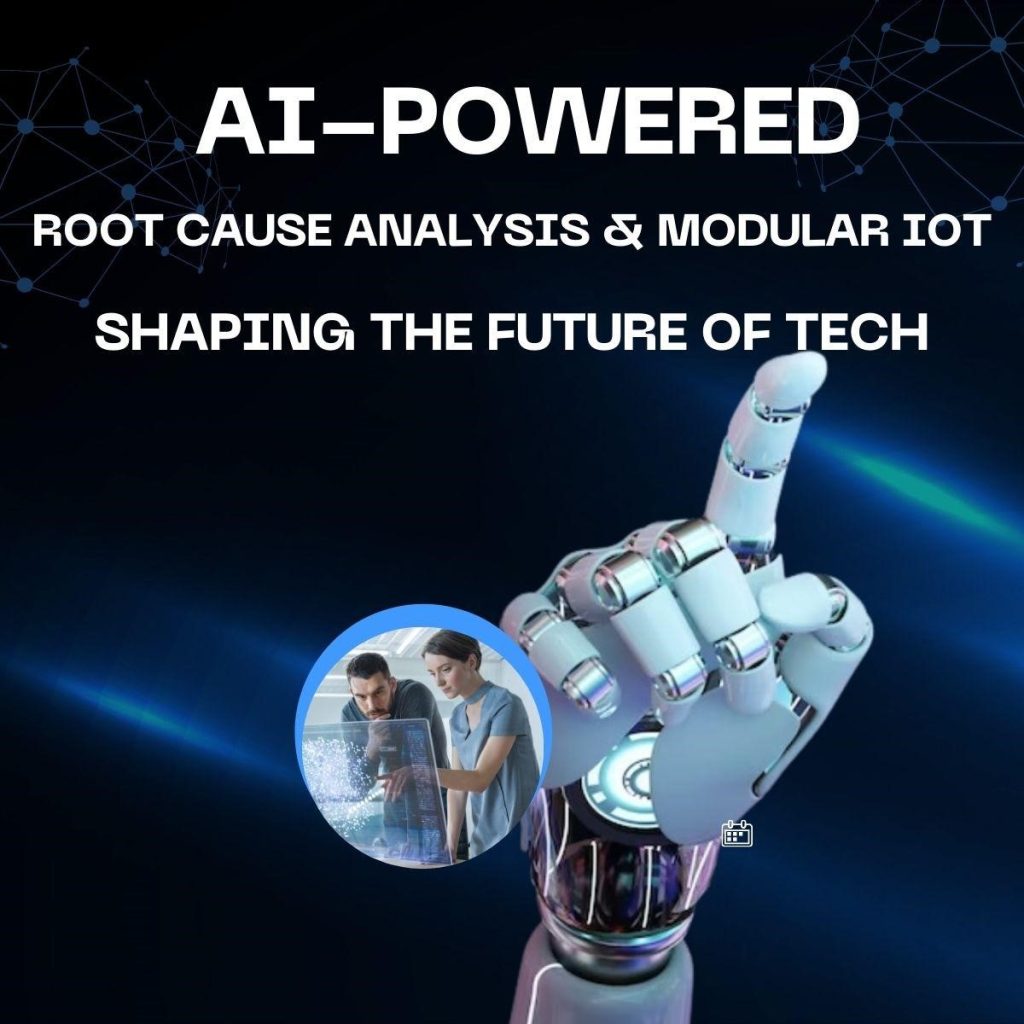In the rapidly evolving digital landscape, AI-powered Root Cause Analysis (RCA) and the modular Lego-block approach in the Internet of Things (IoT) have emerged as two significant innovations driving efficiency and flexibility in modern systems. Nikhil Bharadwaj Ramashastri, a leading voice in technological advancements, explores these transformative approaches in cloud-based and interconnected systems, highlighting their impact on various industries.
Modular Design for IoT: Flexibility and Scalability
The modular Lego-block architecture in IoT focuses on flexibility and scalability by using interchangeable components. This approach allows users to build dynamic, customizable systems that can be easily upgraded or expanded. In practice, it revolutionizes smart homes and cities, enabling seamless integration of technologies like lighting, security, and environmental monitoring. Urban areas can scale their infrastructure with new solutions such as smart parking and environmental monitoring without needing to overhaul existing systems.
Advancing Industries with Modular IoT
The modular IoT approach benefits industries like manufacturing and healthcare by enabling real-time monitoring, predictive maintenance, and optimized production in IIoT while improving patient monitoring and diagnostics in healthcare. However, challenges such as increased system complexity, potential performance issues, and security concerns must be addressed as these systems evolve. Despite these obstacles, the flexibility and scalability of modular IoT remain valuable assets in adapting to today’s fast-changing technological landscape.
AI-Powered RCA: Speed and Precision in Problem-Solving
AI-powered Root Cause Analysis (RCA) is essential for maintaining cloud-based systems, especially in SaaS environments. It uses machine learning and data analytics to quickly identify patterns, detect anomalies, and pinpoint root causes with superior accuracy. Key components like real-time data collection, pattern recognition, and predictive modeling help detect issues before they affect users, reducing downtime and improving customer satisfaction. Additionally, AI-powered RCA provides actionable insights that continuously optimize SaaS services, enhancing overall system performance.
Enhancing Customer Experience with AI-Driven Diagnostics
The implementation of AI-powered RCA has greatly enhanced customer experience in SaaS environments by reducing the impact of system performance issues. With its ability to provide proactive solutions, AI-powered RCA helps maintain seamless service for users, often resolving issues before they are even noticed. The continuous monitoring of system performance ensures that potential problems are addressed quickly, minimizing downtime and improving service reliability.
Moreover, AI-powered RCA contributes to long-term improvements in service quality. By analyzing historical data and identifying recurring issues, these systems provide valuable insights for refining SaaS products. This continuous feedback loop allows service providers to optimize their platforms and address potential challenges, resulting in better overall user experiences.
Optimizing SaaS Performance and Overcoming Challenges
In SaaS environments, AI-powered RCA plays a vital role in optimizing performance and reliability. The ability to predict potential system failures, combined with continuous performance monitoring, ensures that resources are allocated efficiently and problems are resolved quickly. AI-powered insights also improve capacity planning, helping businesses forecast resource needs more accurately and manage scaling efforts seamlessly.
However, the implementation of AI-powered RCA comes with its own set of challenges. Ensuring high-quality data collection, balancing algorithm sensitivity to avoid false positives, and overcoming the “black box” nature of AI decisions are some of the key concerns. Additionally, organizations must address the need for skilled personnel with expertise in both AI and cloud technologies to fully leverage AI-powered RCA capabilities.
Synergies Between Modular IoT and AI-Powered RCA
The potential integration of modular IoT design and AI-powered RCA opens up exciting opportunities for the development of more intelligent and adaptive systems. By combining these two innovations, we can envision self-healing IoT ecosystems where AI-powered diagnostics can automatically detect and resolve issues in modular environments. This could revolutionize industries by enabling predictive maintenance and real-time system optimization across a wide range of applications, from smart cities to industrial operations.
As IoT systems grow in complexity, the role of AI in managing, diagnosing, and optimizing these systems will become increasingly important. The convergence of modular IoT and AI-powered RCA will create more resilient, adaptable, and efficient ecosystems capable of responding to evolving demands with minimal human intervention.
In conclusion, Nikhil Bharadwaj Ramashastri’s exploration of the Lego-block approach in IoT and AI-powered Root Cause Analysis highlights how these innovations are driving flexibility, scalability, and intelligence across industries. As these technologies continue to evolve, their integration will enable the creation of self-healing, highly adaptive systems that enhance performance and user experience. However, the implementation of these technologies must also address ethical considerations and ensure that data privacy and security remain paramount.

